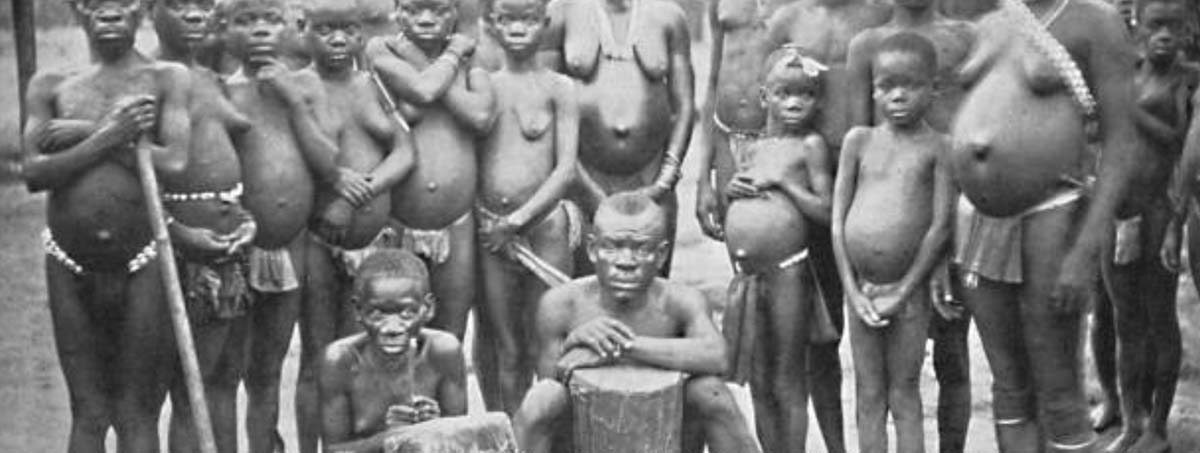International Framework for the Protection of Indigenous Populations
According to international standards, indigenous or indigenous peoples are peoples who have preserved their traditional organizational systems, ways of life, and cultures throughout the ages, despite the ravages of time and external influences. As such, their needs, demands, and concepts are specific and unique to their people, and, above all, different from those of their respective national societies.
Following this difference and this gap, indigenous peoples must have the right and the ability, on an equal footing with others, to participate in public life and effectively control their destiny and all actions that affect them. This will enable them to guarantee their right to decide, maintain, and develop their different ways of life, while participating in the development of their communities.
These populations are also characterized by their vulnerability due to the marginalization and discrimination they generally face due to their uniqueness and also the special relationship they maintain with their cultures, lands, and territories.
An international movement to defend the rights of indigenous peoples was initiated in 1970 by the United Nations (UN), with significant actions implemented, including:
The creation in 1982 by the Economic and Social Council of the Working Group on Indigenous Populations, which is a subsidiary body of the Subcommission on Prevention of Discrimination and Protection of Minorities;
The creation in 1985 by the General Assembly of the United Nations Voluntary Fund for Indigenous Populations, which helps representatives of indigenous communities and indigenous peoples' organizations attend sessions of the Working Group on Indigenous Populations by providing them with financial assistance;
The proclamation by the General Assembly, through its resolution 45/164 of December 18, 1990, of 1993 as the International Year of the World's Indigenous People;
The proclamation by the General Assembly, through its resolution 48/163 of December 21, 1993, of the International Decade of the World's Indigenous People (1995-2004), with a view to strengthening international cooperation in resolving the problems facing indigenous communities, and the establishment by the General Assembly of a special fund, the Voluntary Fund for the International Decade of the World's Indigenous People, to help finance the projects and programs of the Decade;
The establishment by the General Assembly, through its resolution 49/214 of December 23, 1994 (para. 8), of the International Day of the World's Indigenous People (August 9 of each year);
The International Labour Organization (ILO) has also worked for the recognition of the rights of indigenous peoples since its creation, notably with the adoption in June 1989 of Convention No. 169 concerning Indigenous and Tribal Peoples.
At the African level, the adoption of the African Charter on Human and Peoples' Rights by the African Union (AU) was a landmark in the recognition of the rights of indigenous peoples in Africa. The AU also established, like the United Nations, the African Commission on Human and Peoples' Rights, as well as a working group of experts on indigenous peoples/communities.
Situation in Cameroon
Cameroon is a State party to the African Charter on Human and Peoples' Rights. It already submitted an Initial Report, which was defended on May 5, 2002, in Pretoria, South Africa, during the 31st Session of the African Commission on Human and Peoples' Rights. A first periodic report was also presented during the 39th Session (May 9, 2006) in Banjul, Gambia, and a second periodic report was presented in 2010.
The International Day of the World's Indigenous People has been officially celebrated in Cameroon since 2009, and the choice of themes demonstrates the government's commitment to ensuring that the specificities of the groups thus identified are effectively taken into account in all aspects of our country's socioeconomic development:
2009: Marginal Populations, Diversity, and Cultural Wealth: Assets for Development in a Globalizing Context;
2010: Socioeconomic Inclusion of Vulnerable Indigenous Populations: Challenges and Opportunities;
2011: Vulnerable Indigenous Populations and Access to Citizenship: A Guarantee of Effective Participation in National Life;
Cameroon is characterized by the extraordinary diversity of its populations, with over 250 ethnic groups. Since independence, government policy has been aimed at ensuring national unity, and one of the strategies implemented to this end has been

